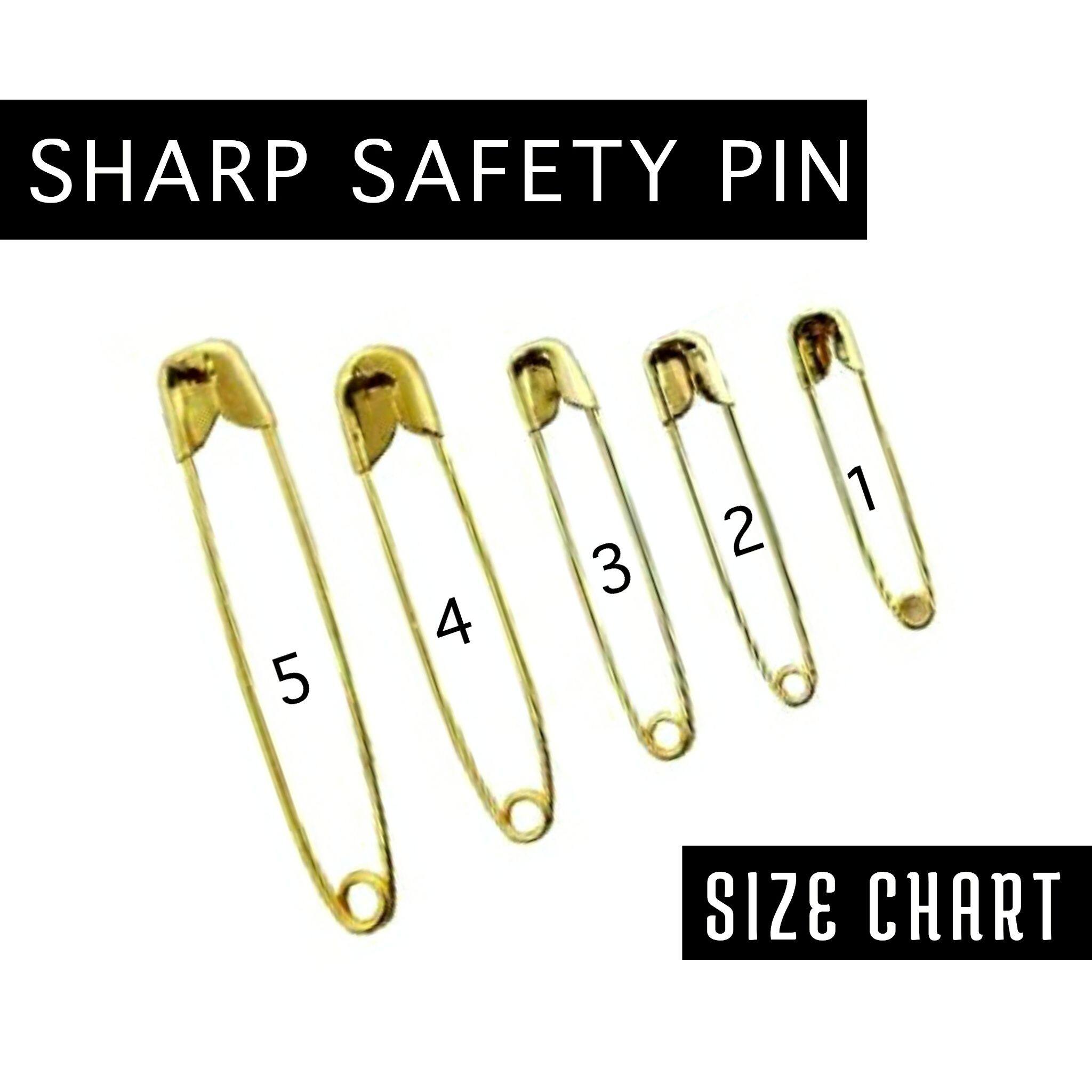
The sharpened pin, that is attached to a coiled wire is connected with a cap that is hooked at the end of the wire. Grace and Company would make millions of dollars in profits from his invention. Using that money, Hunt then paid the $15 owed to a friend and kept the remaining amount of $385 for himself. Grace and Company for $400 (roughly $13,000 in 2021 dollars). patent #6,281 on April 10, 1849, Hunt sold the patent to W.R. The clasp at one end was devised in order to shield the sharp edge from the user. He used a piece of brass wire that was about 8 inches (200 mm) long and made a coil in the center of the wire so it would open up when released. Hunt made the invention in order to pay off a $15 debt to a friend. Charles Rowley (Birmingham, England) independently patented a similar safety pin in October 1849, though they are no longer made. The safety pin included a clasp that covered the point and kept it from opening, and a circular twist at the bend to act as a spring and hold it in place. Invention of the safety pin Īmerican mechanic Walter Hunt is regarded as the inventor of the modern safety pin. Fibulae were used by Greek women and men to help secure tunics. The fibula, a form of brooch, was invented by the Mycenaeans in the Greek region of Peloponnesus between the 14th and 13th Century BC, and is considered an early precursor to a safety pin since it was used in a similar manner. Size 3 pins are often being used in quilting and may be labelled for purchase as a "quilting pin." Sizes 4 and larger may be called "blanket pins" and deemed acceptable as kilt pins for informal dress, depending upon design and appearance. Safety pins are divided into numbered size categories. Sometimes they're used to attach an embroidered patch. They can also be used as an accessory in all kinds of jewelry including: earrings, chains, and wristbands.
#Safety pin strong together politics Patch
Safety pins can be used generally to patch torn or damaged clothing. They're preferred as their safety clasp, while remaining an ingestion hazard, prevents the baby from being jabbed or pricked. Safety pins, or more usually a special version with an extra safe cover, called a nappy or loincloth pin, are widely used to fasten cloth diapers (nappies), or modern loincloths.

Safety pins are commonly used to fasten pieces of fabric or clothing together. The clasp forms a closed loop to properly fasten the pin to whatever it is applied to and covers the end of the pin to protect the user from the sharp point. The safety pin is a variation of the regular pin which includes a simple spring mechanism and a clasp.

A ribbon and badge attached to a school cap with safety pins


 0 kommentar(er)
0 kommentar(er)
